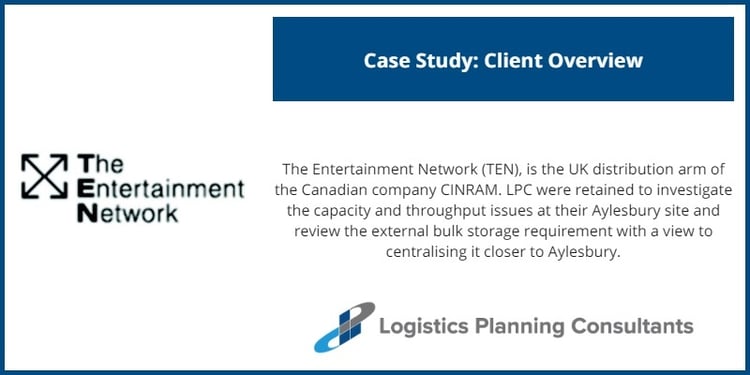
The bulk capacity review was undertaken in two ways:
•By a site search of warehouses of suitable size in and around Aylesbury
•By looking to expand on the existing site
The most cost effective solution was to extend the existing warehouse by means of a “temporary” building, saving in construction costs and transport and handling of stock to and from a remote site.
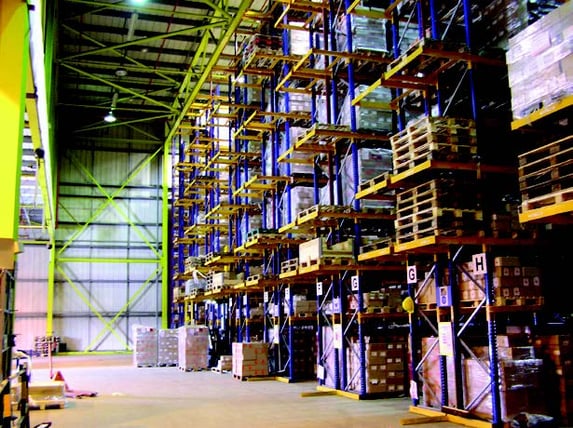
The throughput and onsite capacity issues were identified as being mainly as a result of the inefficiencies of the aging Cleco Maestro trucks and the inherited racking profiles, which were partly as a result of the platen fork requirements of the trucks.
Changes to the racking and layout in the two chambers in the existing warehouse resulted in the replacement of the aging Cleco Maestro VNA top hitched trucks, with modern VNA Combi trucks therefore allowed an increase in capacity. This was mainly as a result of turning the pallets to be 1200mm into the rack and having fewer aisles. The trucks provided quicker handling and also removed the need to use slave pallets thus realising even more storage capacity.
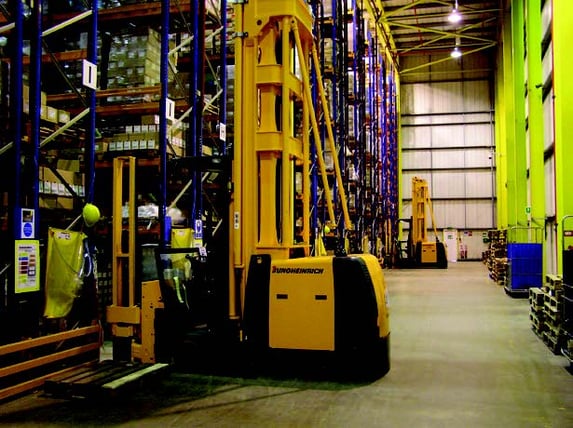
Having reported back on the options and costs, the project went into a review period. Changes to distribution, especially of music, a change of client base and the move of another business element modified the requirements for the Aylesbury site, in other words the goal posts shifted.
This change meant a reduced bulk pallet requirement and more storage space being made available at another part of the TEN’s operation locally. Additionally an operation to receive, sort and return to stock items returned from retail outlets was to be moved off site thus releasing floor space in one of the Aylesbury chambers.
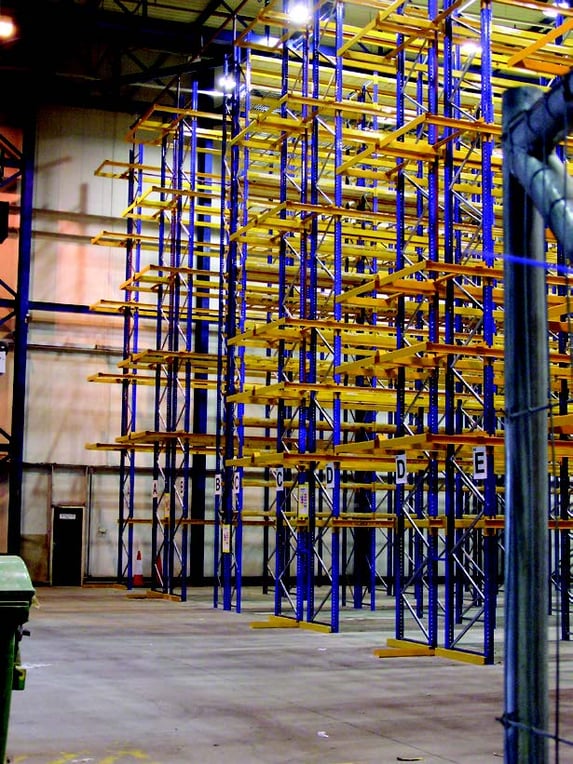
This meant that the change from the Cleco to Combi trucks with the corresponding modifications to the racking including racking the area released by the move of the returns operation would allow sufficient capacity on site with no building expansion now required.
LPC were then tasked with identifying the best layout to maximise capacity, picking, and despatch and battery charging areas. This had to be accomplished within the constraints of the building footprint and with consideration to the positioning of the racking to the structural floor joints.
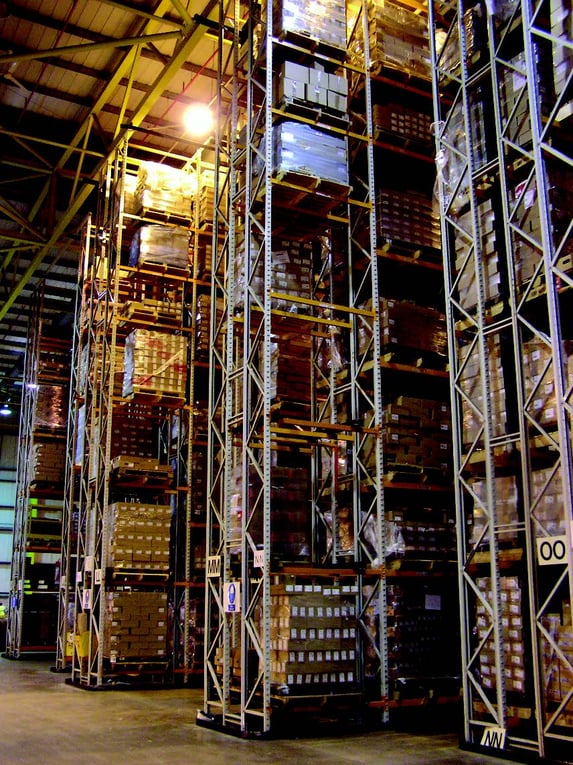
The next stage was to produce detailed layout drawings and equipment specifications and for the “Invitation to Tender” for the supply of new the VNA Combi trucks. The scope was to include for the dismantling and disposal of the old racking and in-rack sprinklers, the supply and installation of new racking and sprinklers and the modification of the lighting to match the new aisle positions. Finally the floor in the racking aisles would need to be brought up to the CAT 1 standards that would be required for the operation of the man up VNA Combi trucks.
LPC then identified potential suppliers and integrators for the scope of work, and issued and managed the ITT process through to scoring and short-listing the tenderers. At this point LPC sat with and advised TEN through the presentations to the final selection and appointment of Jungheinrich the selected integrator.


